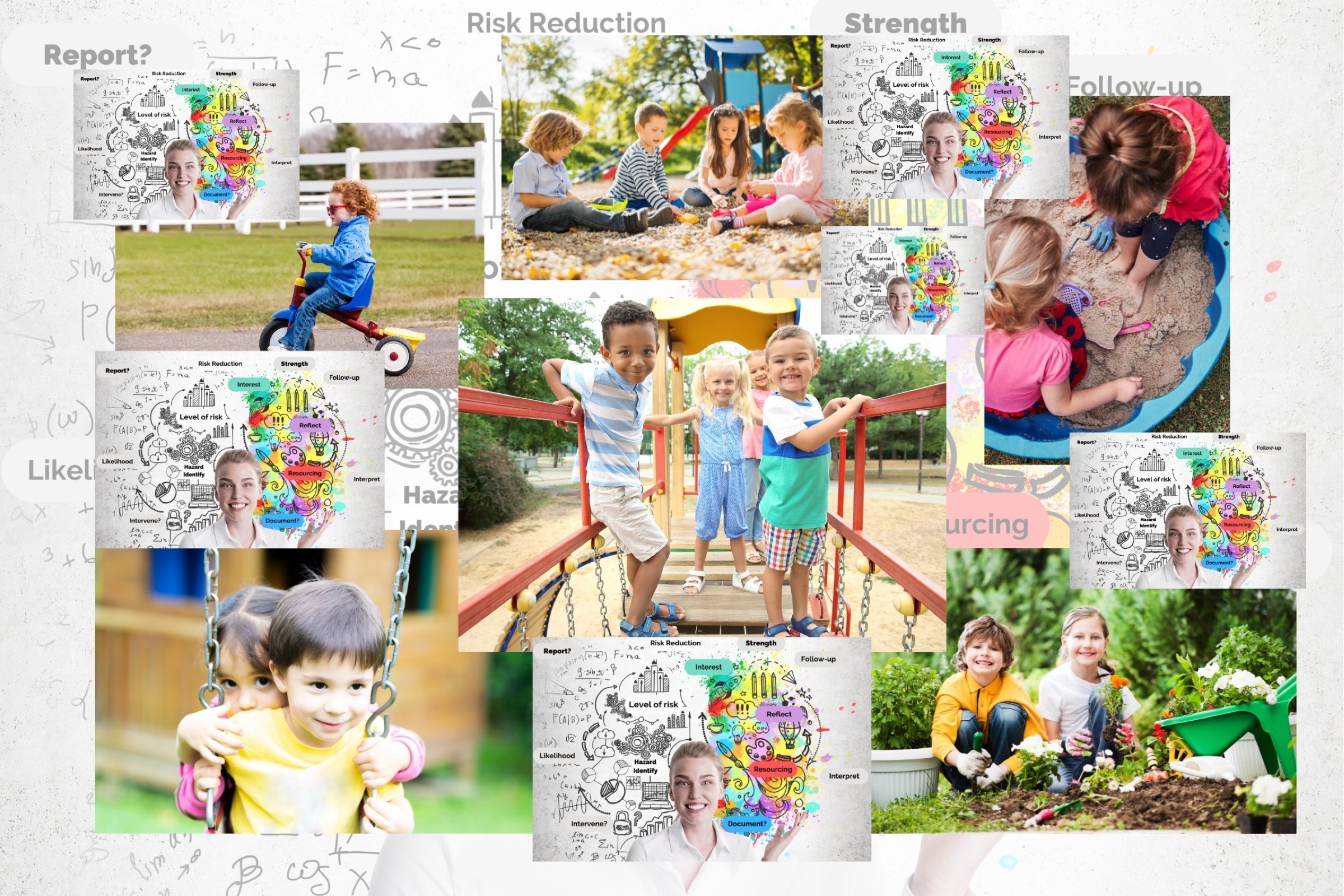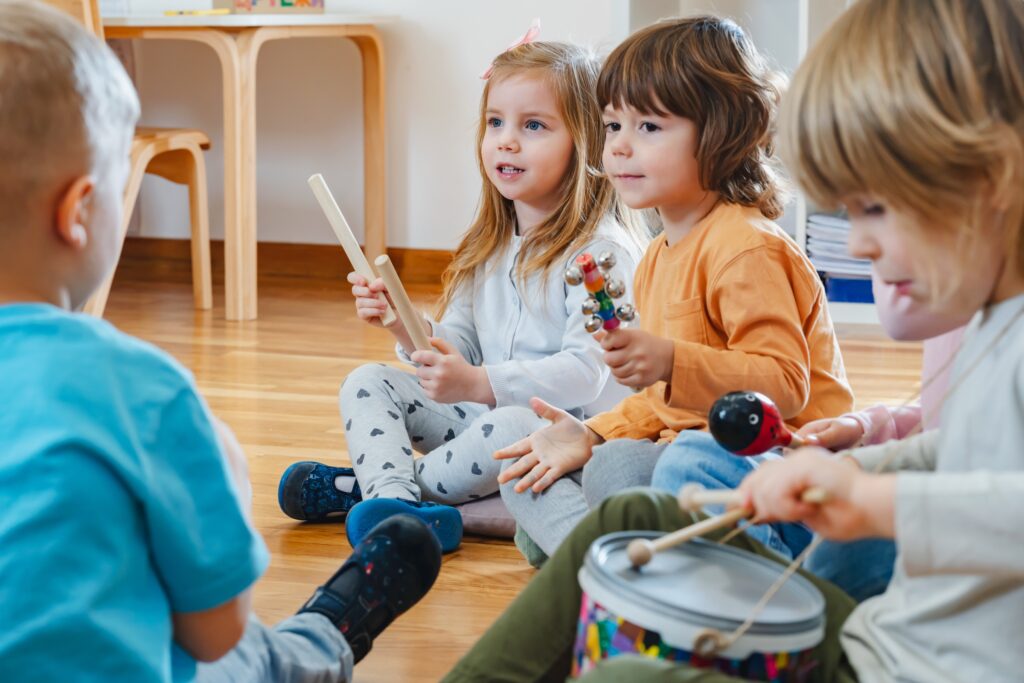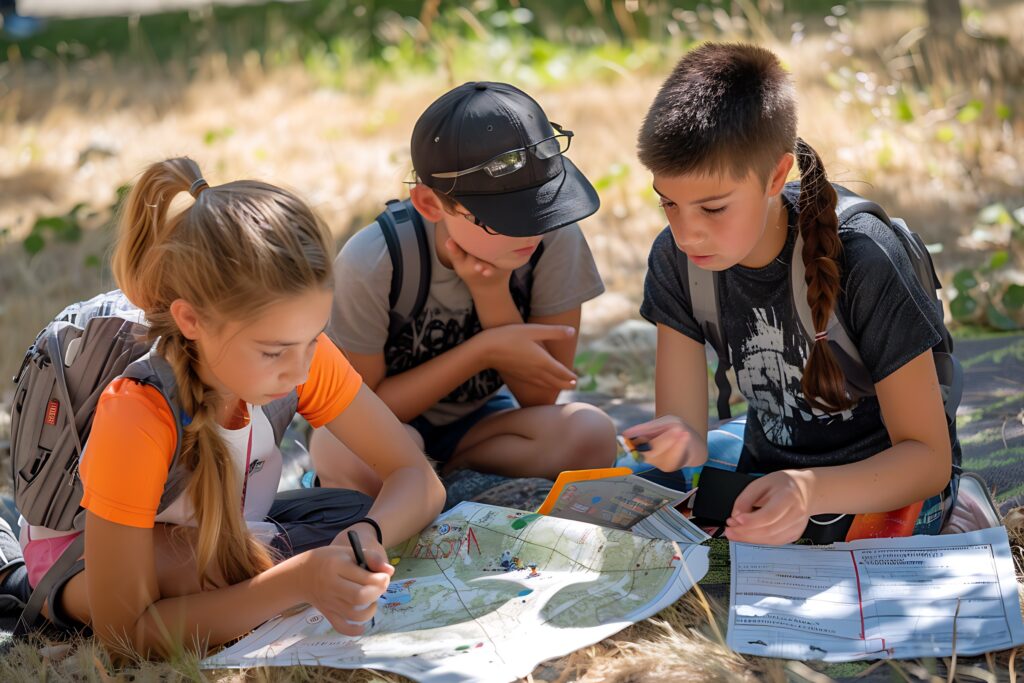Supervision – it’s all in your head!


ACECQA’s focus during this time is on the importance of supervision.
There is no doubt that effective supervision is the key element of maintaining a safe environment for children. Even well designed, prepared environments, that promote independence and child capability through the use of functional furnishings and bespoke tools, have risks. An example I heard many years ago from Guild Insurance, of two children using felt pens at a table. One of the children put a ‘dot’ on the side of the other’s face. The second child returned the action by placing a dot on the side of the face of the first child. The first child then placed another dot. This became a game, and it increased in intensity until one child accidentally poked the other in the eye. Unfortunately, this was a major injury that required surgery. Whilst this started as an innocuous action, the outcome was very serious. An early intervention in this game would have prevented such a dire outcome.
Active supervision is far more than watching, and even far more than playing or engaging with children. Adequate supervision plans focus on some key aspects:
- Line of sight – ensuring that building design, furniture placement and playground structures allow visibility
- Supervision ‘stations’ – areas in playgrounds and classrooms which ensure all areas have an educator, and are the particular areas of interesting or involved activity
- Interaction – supporting positive play and experiences as well as engaging relationally with children.
Above these strategies, however, a great deal more is going on.
As an educator engages with children and groups of children, their mind is processing a myriad of pieces of information coming in the form of sight and sound from children’s play. Additionally, there may be touch in the form of a child’s overture for attention, or smell, “I think someone needs a nappy change”. All of these pieces of information are processed within the purview of not just one framework, but two. Each educator is considering both a risk analysis of each child’s activity, and considering the educational aspects and potential follow up of the activity.
The educator will be questioning the identifiable hazards, the level of risk, the likelihood of it occurring, any mitigation strategies, the point of intervention and whether or not a situation should be reported. The educator will also be considering the child’s well-being and development in terms of interests and strengths to consider following up, either immediately or for later a later plan.
Not only that, the educator will be focussed on a number of children and groups of children at any given time. The task at hand, therefore, requires this process to be duplicated across scenarios and personalities within the educator’s line of sight, or allocated supervision area. This is no mean feat! The capacity to hold multiple strands of activity whilst processing safety and educational outcomes for each, being alert to the needs of children and supporting the play occurring is the work of the educator. They may be answering parent enquiries and supporting the practice of a more junior colleague. This is an occupation that requires agility of mind and the capacity to juggle multiple mental demands.

Early Childhood Educators should be held in awe. They truly are brainiacs. And in considering what this means, perhaps here are a few suggestions to contemplate upon:
- Educators do not stop thinking across the day, so by the end of their shift they may be brain tired. Grace should be given by management and parents alike, to adjust demands and expectations until they have had a chance to refresh.
- Beginning educators will need time and practice to develop the cognitive ability to ‘multi-task’ in the mind whilst genuinely engaging with children. This should be coached and not assumed as they begin their professional journey.
- Being able to predict children’s behaviours comes from experience through observation. Knowing children individually contributes vital information to the processes of risk analysis and educational planning. Knowledge of child development provides the foundation upon which the processes sit. This is not an insignificant professional capability, and the status of Educators should be considered alike other professions.
- The burden of documentation should be alleviated to a bare minimum. Many of the best safety and educational decisions are made in the moment and undertaken immediately. A risk analysis process, and the ‘programming cycle’ have occurred in an instant, and implementation has been achieved, well before the educator accesses pencil and paper – or an app. The value of this capability should be regarded as equal or even superior to a beautiful ‘write up’ of an experience, or indeed the photographed learning story prevalent in Early Childhood today.
The Your Child’s Day app has been designed to allow Montessori Educators to record and communicate each child’s progress through the Montessori curriculum with maximum ease of use. The pre-filled library of apparatus, outcomes and linking can be populated into a learning record with only a couple of taps, ensuring that an educator’s focus is where it needs to be – on the children.
Helping children thrive is a shared journey. Spread the word and support fellow educators with insights and resources from Your Child’s Day.
Resources, advice, and uplifting stories for educators and families. No spam, ever.



